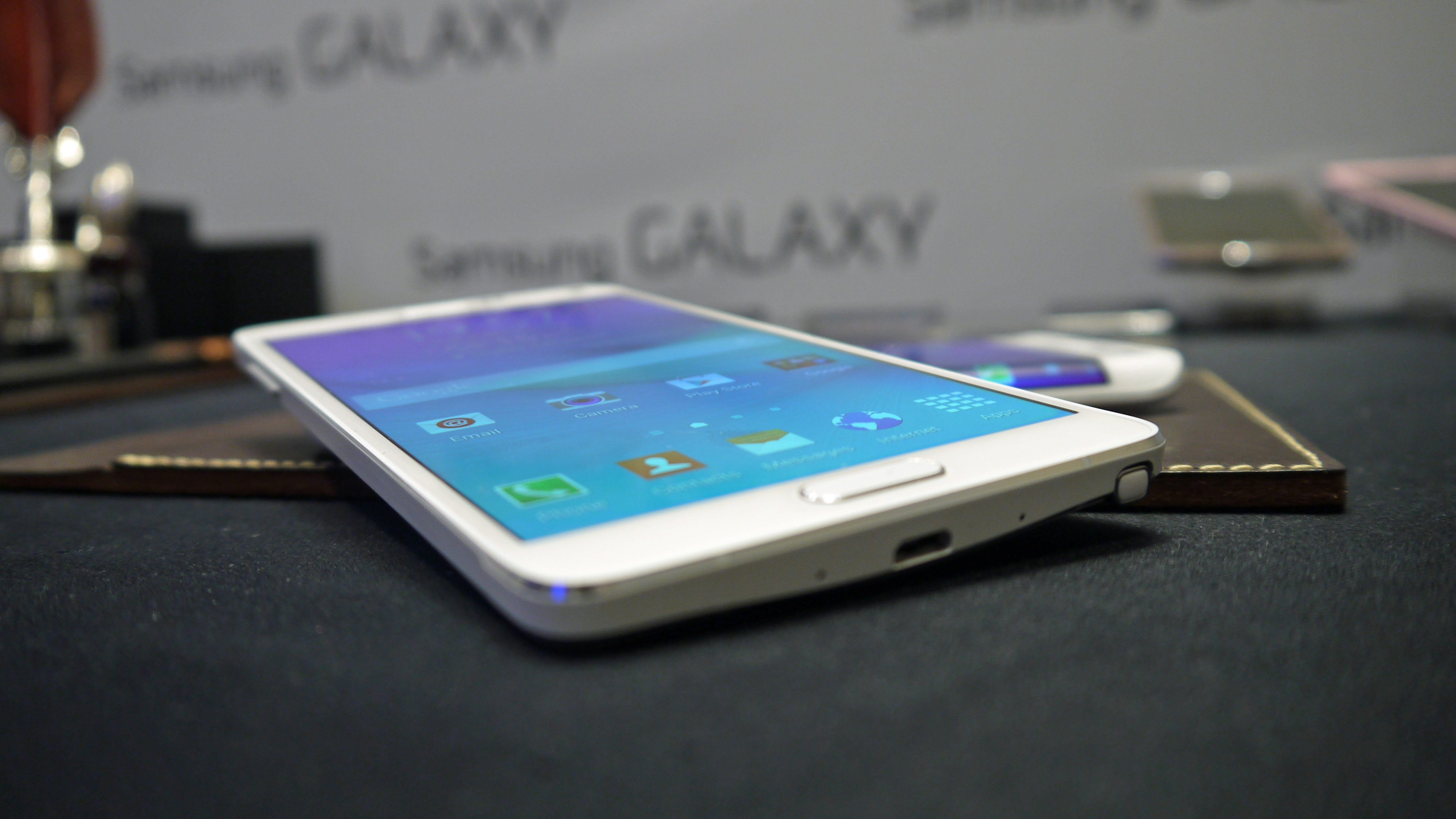Samsung may be planning a 4K display for the Galaxy Note 5

It looks like the Samsung Galaxy Note 5 might be sporting an ultra high definition 4K screen, when it (probably) arrives next year.
Rumours suggest that Samsung will begin mass producing 5.9-inch Ultra HD Super AMOLED displays next August, which means they could be ready just in time for the launch of the Note 5.
The source hasn't been corroborated yet, however Samsung itself has previously indicated that it will be creating 4K AMOLED screens for mobile devices in 2015.
When being dense is a good thing
4K resolution, also known as ultra high definition or UHD, has a whopping 2160 x 3840 pixels. Cramming that resolution into a 5.9-inch screen results in a pixel density of 746ppi.
The higher the pixel density, the better the image quality. The iPhone 6, for example, has a 326ppi pixel density.
Samsung isn't the only manufacturer that is looking at 4K screens for mobile devices, with LG recently talking about the reality of 600ppi and 700ppi screens. Sharp has also been rumoured to be working on 4K mobile displays.
While it looks like we might start seeing 4K-capable smartphones next year, there are still a number of hurdles facing manufacturers. Powering a 4K display takes up a lot of battery life, so handsets will need to have extra large batteries to make it worthwhile. Apps will also have to be redesigned to work well with the ultra high resolutions.
Sign up for breaking news, reviews, opinion, top tech deals, and more.
- Read our Samsung Galaxy Note 4 review
Via PhoneArena

Matt is TechRadar's Managing Editor for Core Tech, looking after computing and mobile technology. Having written for a number of publications such as PC Plus, PC Format, T3 and Linux Format, there's no aspect of technology that Matt isn't passionate about, especially computing and PC gaming. He’s personally reviewed and used most of the laptops in our best laptops guide - and since joining TechRadar in 2014, he's reviewed over 250 laptops and computing accessories personally.